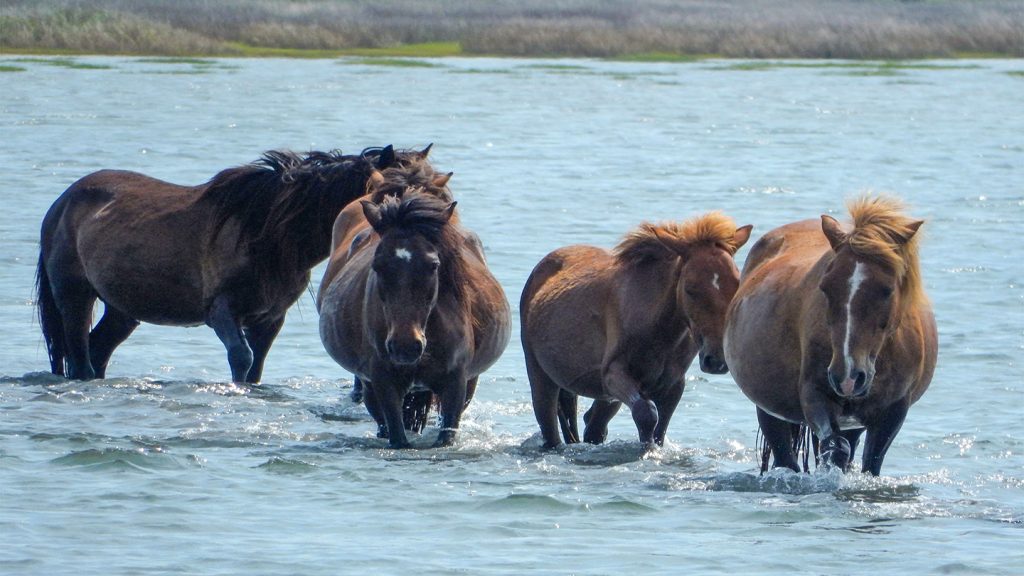The standard belief that has persisted for over a century, based on Darwin’s theory, that male mammals are larger than females may need to be reconsidered. Researchers have found that in over half of mammal species, females either equal or outweigh their male counterparts. This discovery challenges biases in the scientific literature that have influenced biologists’ understanding of sexual selection dynamics.
Research conducted by evolutionary biologist Kaia Tombak and her team analyzed the masses of males and females in 429 mammal species. They found that 45% of the species had heavier males, 16% had heavier females, and 39% showed no significant difference. The study included various groups like bats, carnivores, primates, ungulates, and rodents, with some groups exhibiting heavier females. Tombak emphasized the importance of rigorous analysis to provide a clearer understanding of sexual size dimorphism.
Previous studies have highlighted the prevalence of larger females in many species, but often, research has been centered around males. This focus has led to overlooking the equivalent evolution of females and perpetuated the idea that males are bigger to compete for passive and coy females. The study conducted by Tombak’s team challenges these assumptions and underscores the need to reevaluate biases that have structured scientific research.
Evolutionary biologist Catherine Sheard commended the methodical approach of the study, emphasizing the importance of questioning long-held assumptions in science. By reconsidering biases, biologists can explore new questions, such as why some species have larger females or what factors contribute to maintaining equal size between males and females. This reexamination can lead to a clearer understanding of the mechanisms driving sexual dimorphism in the natural world.
The research conducted sheds light on the diversity of size differences between males and females in mammal species. By challenging traditional beliefs about size dimorphism, scientists can gain new insights into the evolutionary strategies that shape mate selection and competition dynamics. This study opens up avenues for further research into the factors influencing body size variations and encourages scientists to critically evaluate existing assumptions in the field of biology.
Overall, the study highlights the need for a more nuanced understanding of sexual selection and size dimorphism in mammals. By breaking away from long-standing biases, researchers can explore the complex interplay of evolutionary forces that drive differences in size between males and females. This shift in perspective can lead to a more comprehensive and accurate understanding of the diverse strategies employed by different species in the competition for mates and resources.


